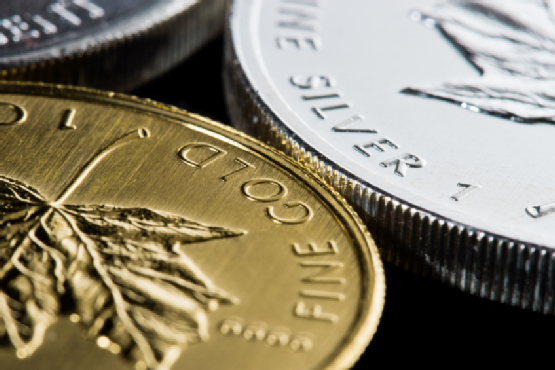
For millennia, coins have been a staple in currencies all around the world. While their values and compositions may have varied a lot, coins are made using processes that have remained mostly unchanged. Whether you are an avid collector, a casual history buff, or just a vending machine customer, take a look at this overview of how coins are made and prepare yourself for your next trivia night.
Blanking
Today, coins start as large, coiled sheets of metals and alloys. A punch is used to cut out large numbers of discs that are slightly larger than the coins they will become. This is much like the methods used by the Romans and other ancient civilizations, though sometimes molten metal was poured into molds.
Annealing
After the discs are punched out, they are heated in an annealing furnace. This softens the metal before the discs are washed and dried. After this, the coins are ready to be shaped and take on the details by which we recognize their values and origins.
Upsetting
Upsetting is a simple process that gives modern coins an appearance that was not seen in early coins. In this process, the discs are rolled through a machine that gives them a smooth edge and ridges around both faces of the disc. At this point, the little metal pieces begin to look more like coins than raw disks.
Striking
Striking is the final process in the minting process. A coin is struck by being placed in a coining press, which stamps both sides with the symbols and characters than give a coin its specific value. After this, coins are inspected for flaws, counted, and packaged for shipping to banks.
As economies change, coins may become more or less valuable than the numbers printed on their faces. Coins pressed from gold like the Swiss 20 Franc, however, are always valuable. If you want to invest in gold or silver, or if you have any coins or bullion to sell, contact California Numismatic Investments at (800) 225-7531.




